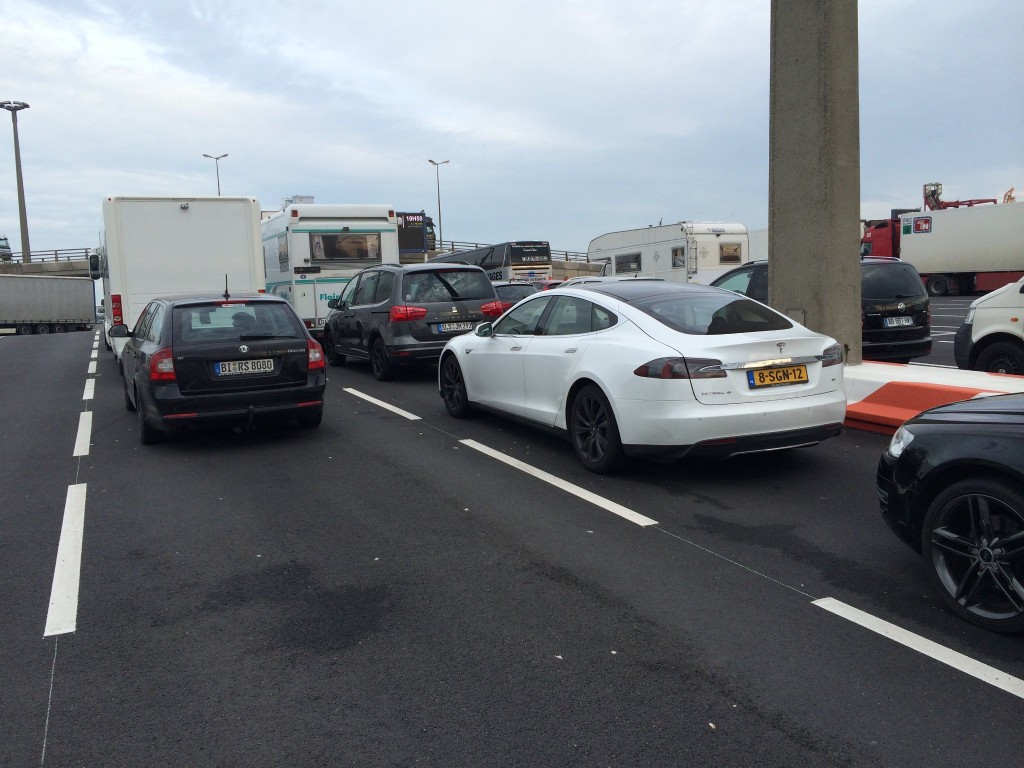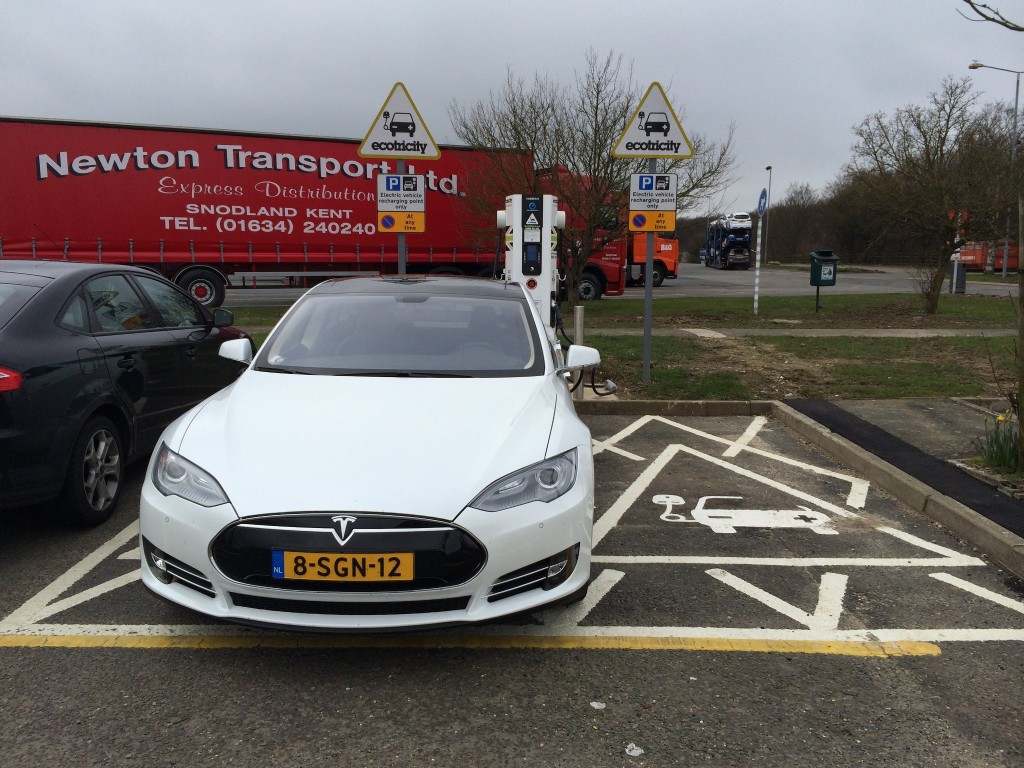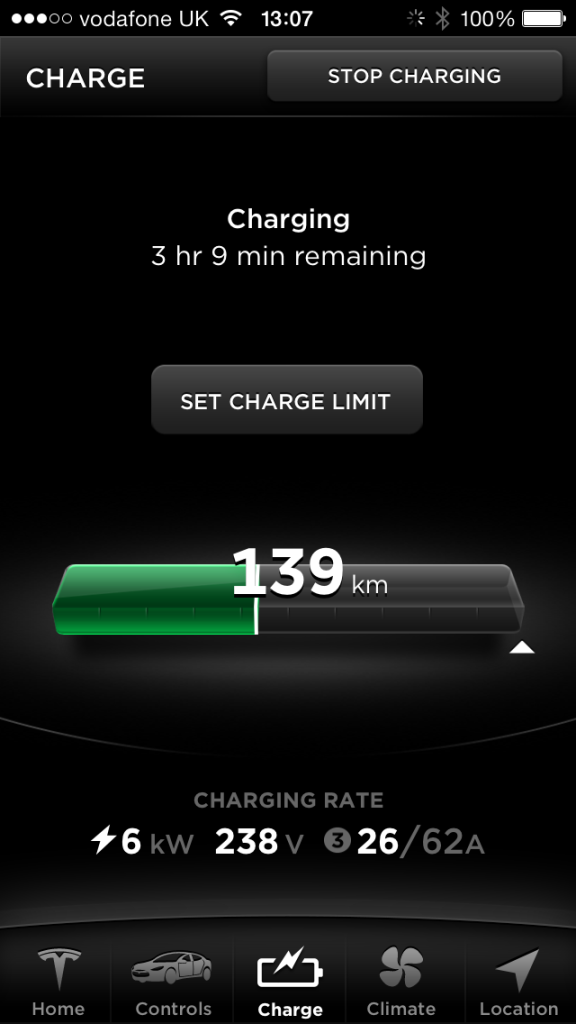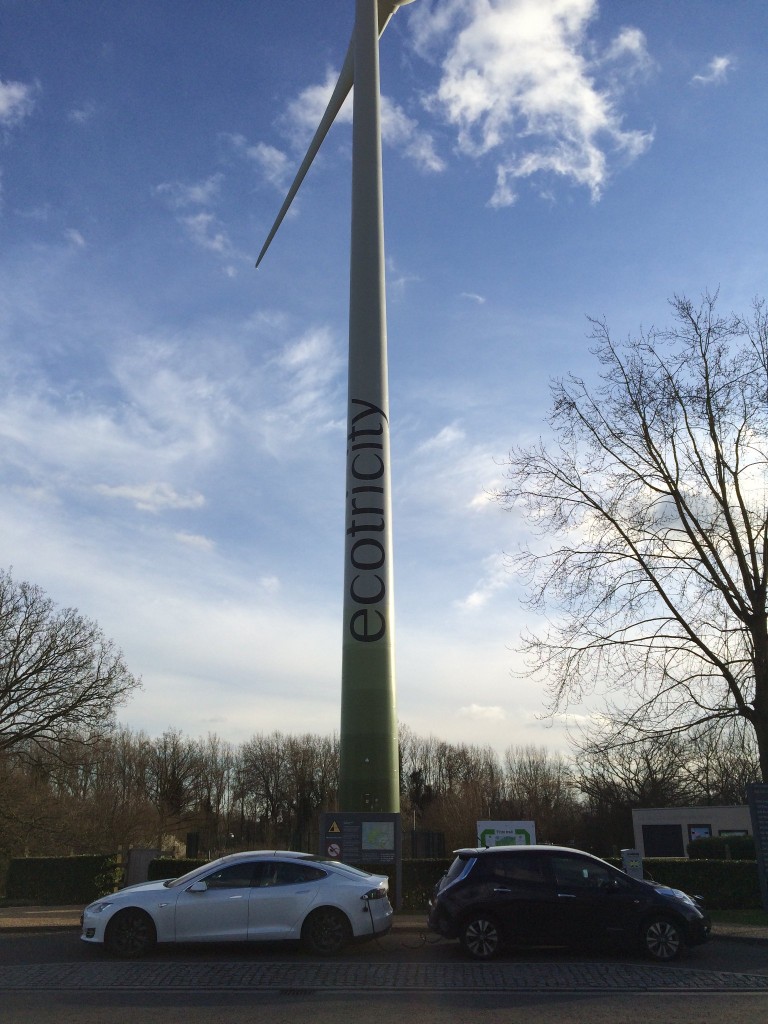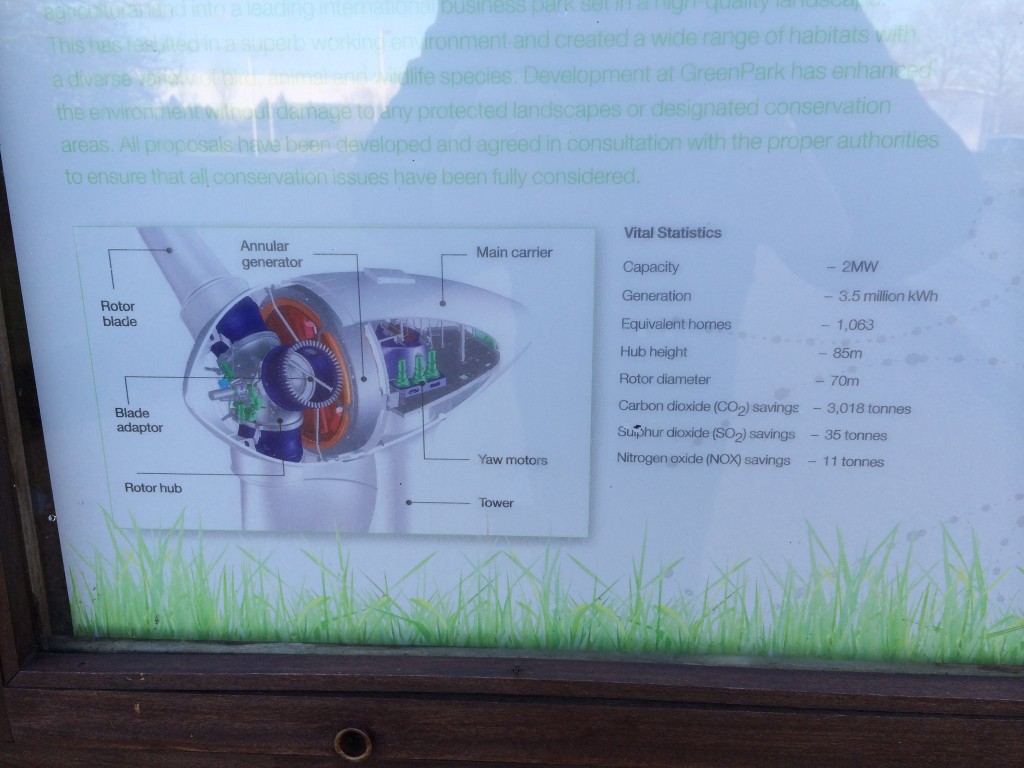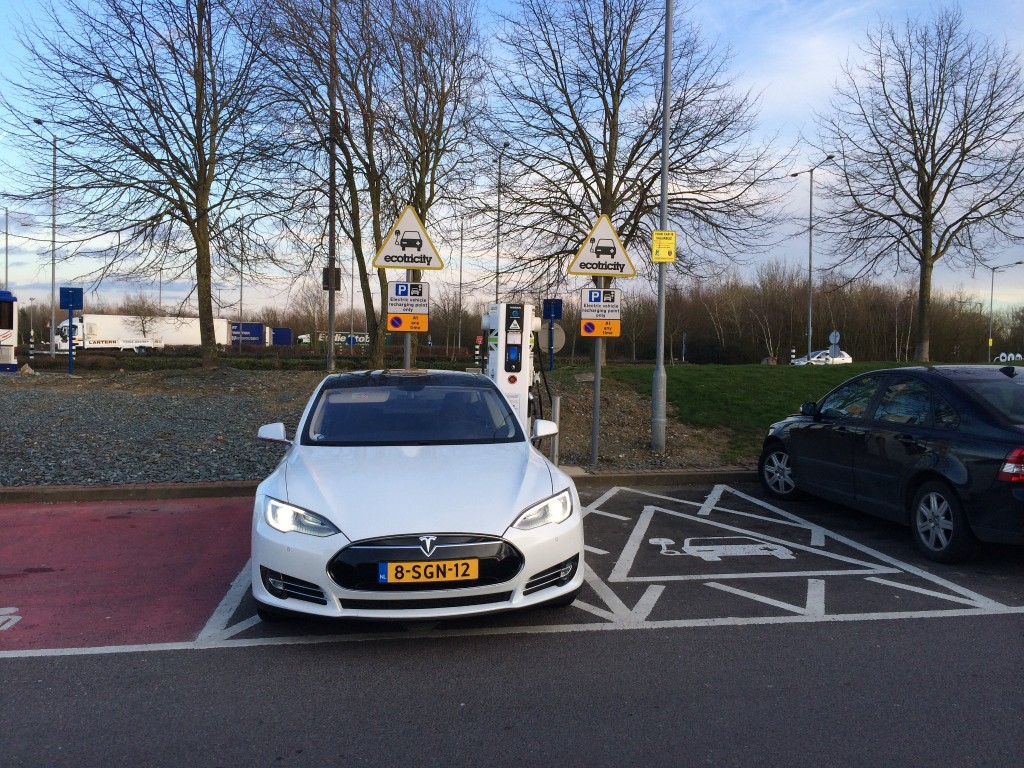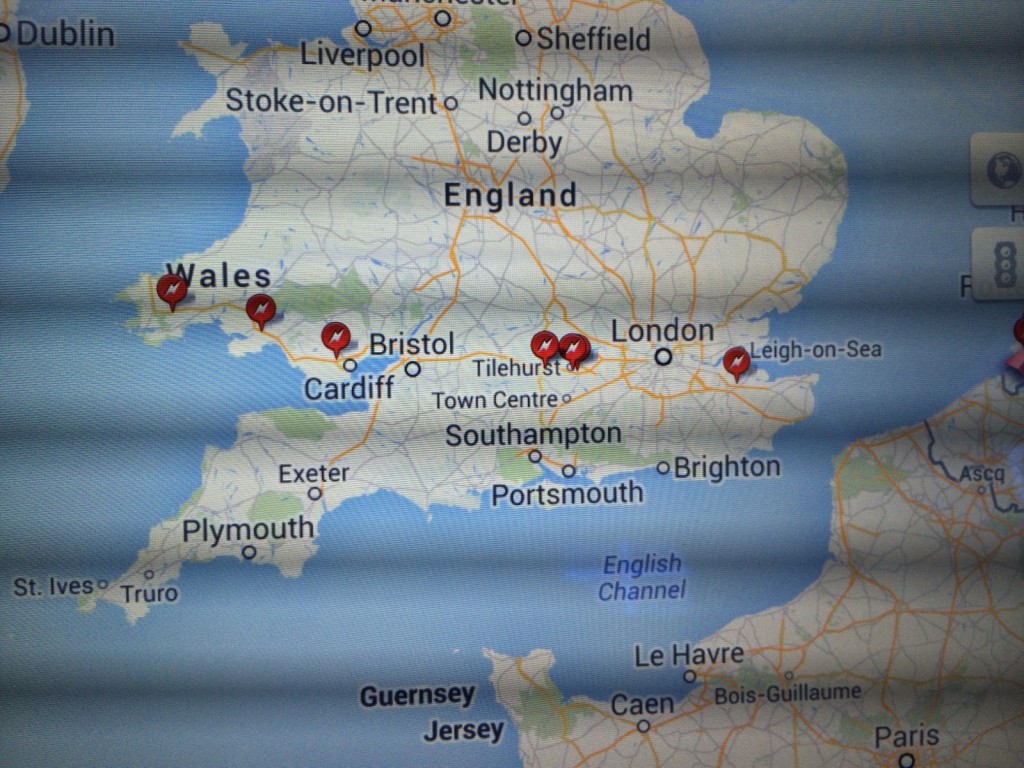The Tesla SuperCharger Network
The Tesla SuperCharger network keeps expanding rapidly in the US, Europe and Asia. Looking at the community maintained website supercharge.info I saw that the SuperCharger network was slowly expanding to the North of Norway.
I have never seen the Aurora and it’s still on my bucketlist. So watching the SuperCharger network expand I got the crazy idea to drive there with my Tesla Model S!
My father lives on Bali (Indonesia), but I thought it would be a very cool trip to do together. I gave him a call and he promptly answered: YES!
This January we will be driving from Amersfoort (The Netherlands) to the most Northern SuperCharger in the world: Setermoen in Norway!
6500km round-trip
Following the SuperCharger network through Germany, Denmark, Sweden and Norway it will be a trip of roughly ~3.250km to the most Northern SuperCharger. So in total we will be driving 6.500km using just the Tesla SuperCharger network.
During the trip we’ll encounter rain, snow, temperatures well below -10C and the beautiful nature Sweden and Norway have to offer!
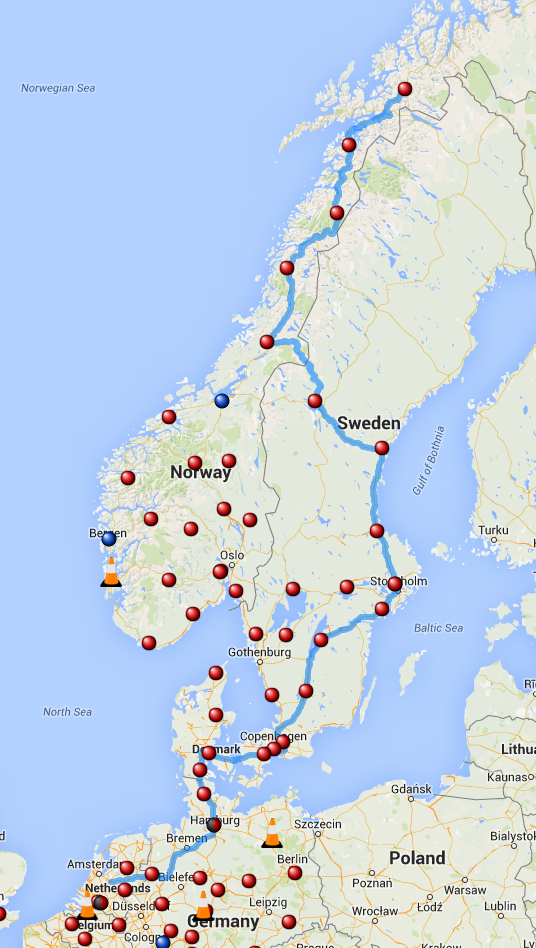
Above is the route we will follow. The main goal is to only use the SuperCharger network. We might plug in at a regular socket overnight to keep the battery warm during the cold weather, but 90% of our charge should come from the SuperChargers.
Schedule
My father will arrive in the Netherlands on Jan 15th 2015 and we plan to leave the 20th or 21st.
The first day we will try to reach the SuperCharger in Middelfart (Denmark) and stay there for the night. The next day we’ll travel to Copenhagen and continue our journey to Stockholm and towards Norway.
Our current expectation is that the entire trip will to 3 to 4 weeks. We are not in a hurry. We both have never seen Copenhagen nor Stockholm, so we’ll probably stay there to do a quick city tour. Afterwards we’ll slowly continue our journey towards Norway and the Arctic.
If all goes well we should be back in the Netherlands on February ~20th, but we’ll see how it goes!
Preparations
Since we are going to be driving in sub-zero temperatures we have to prepare. We will be driving on remote roads and should be prepared for the fact that we might get stuck. We would rather not get stuck, but you never know.
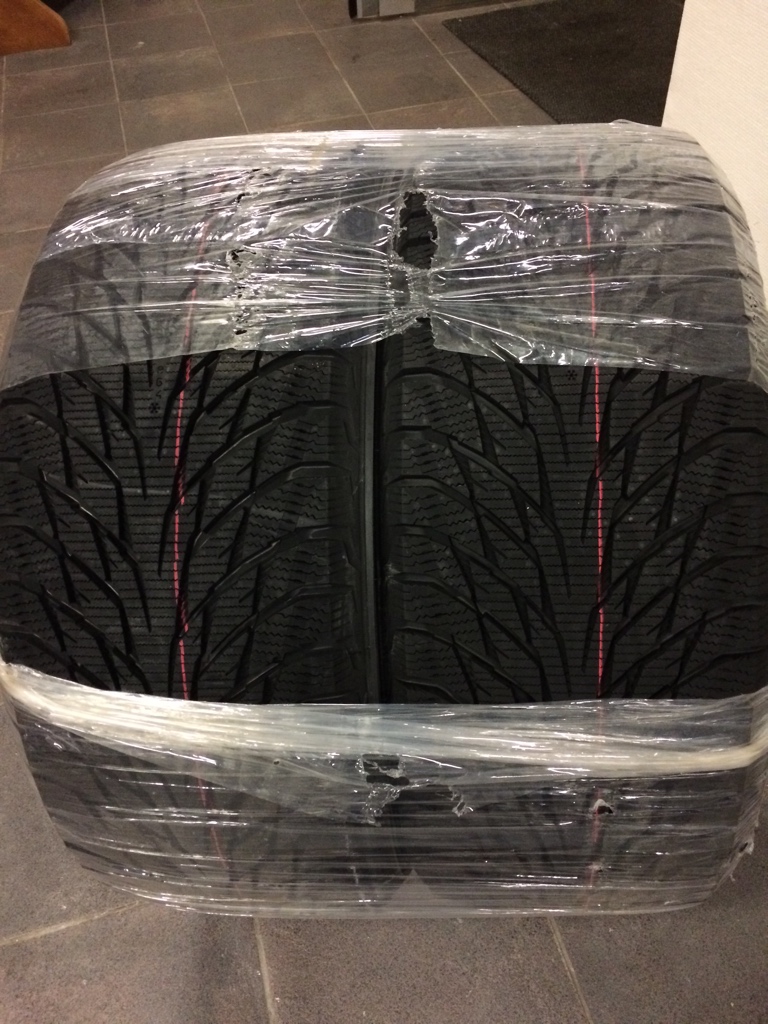
It all starts with a good set of winter tyres! I bought a set of Nokian Hakkapeliitta R2 tyres. Tesla owners from Norway and the Northern parts of the USA said they were very happy with these under winter conditions.
‘Better be safe than sorry’ is probably a good thing when going to Sweden and Norway in January and February, so in case we get stuck along the road I bought a Multi-Fuel Stove from XGK:
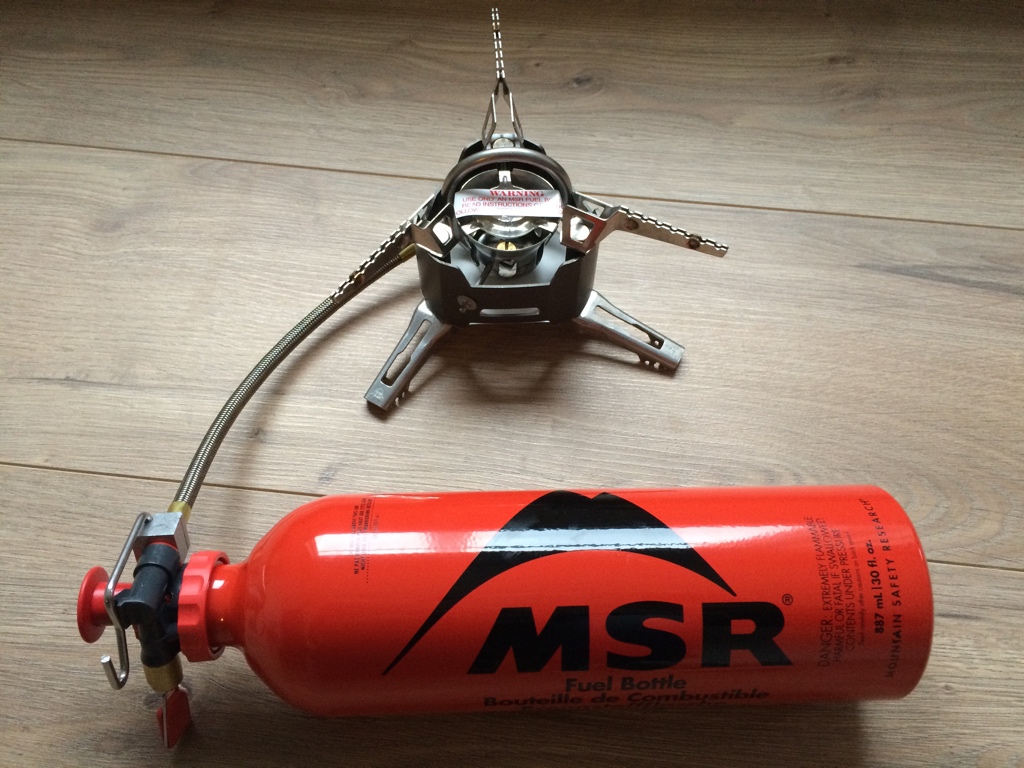
The MSR XGK EX Multi-Fuel Stove burns White Gas, Kerosine and Diesel, which makes it suiteable for cooking while temperatures are well below zero. Should be get stuck on a very remote location we should still be able to cook ourselfs a warm meal.
Follow us!
During our trip I’ll be updating this blog and you can follow me on Twitter on @widodh.
We’ll be leaving for Norway somewhere around Jan 20th 2015! We are looking forward to it 🙂
